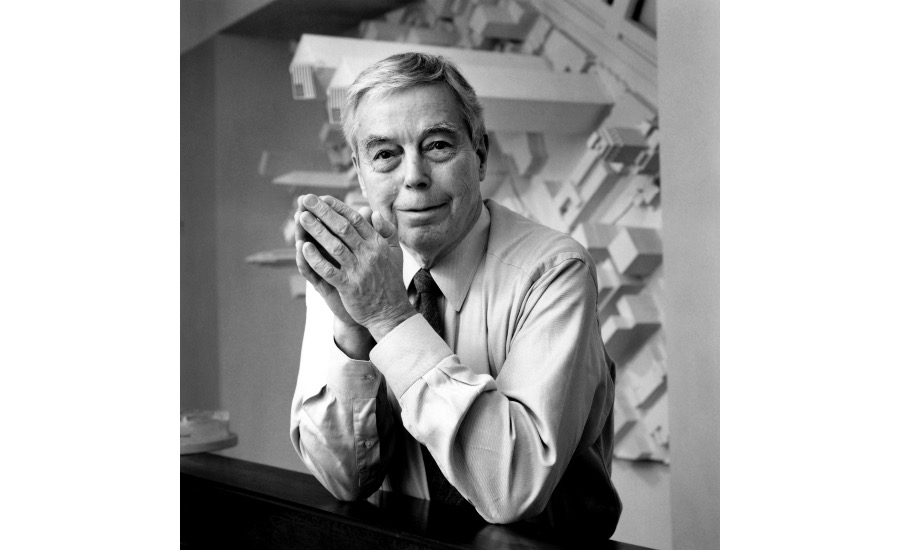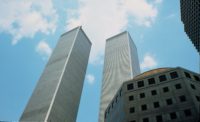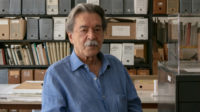Leslie Robertson, the structural engineer known for his innovative work on skyscrapers around the globe, died on February 11th, a day before his 93rd birthday, of multiple myeloma. Revered and beloved by the architects with whom he collaborated, Robertson may remain best known for engineering the Twin Towers of the World Trade Center (WTC) with architect Minoru Yamasaki. Its unconventional design created wideopen floors for office tenants by bringing densely spaced steel columns to the perimeter as well as by creating a robust steel-framed core. Other firsts included damping devices incorporated into the structural system and the development of a new partition called a shaft wall that eliminated masonry at the core, according to the Skyscraper Museum. The towers, completed in 1973, were said by Robertson to be able to withstand the impact of a 707—but the horrific attack on 9/11, by two 767s, loaded with thousands of gallons of fuel that fed the conflagrations, was unimaginable. It left Robertson grief-stricken. Many experts noted that because of how long each tower stood before falling, thousands of people were able to escape.
Born in California, Robertson earned a B.S. in engineering at Berkeley in 1952. When Yamasaki won the competition for the WTC 10 years later, Robertson’s firm got the engineering contract and his skyscraper career was launched. “I was a kid,” he told The New York Times. “We had never done a real high-rise before.” The Twin Towers gave Robertson the chance to do pioneering research, such as helping develop the first boundary-layer wind tunnel and conducting the first experiments on people’s sensitivity to the sway of buildings, Engineering News Record reported.
Robertson began collaborating with I.M. Pei in the 1970s, and they worked together on such unconventional structures as the Bank of China Building in Hong Kong (1990), with its distinctive diagonal braces. They became close friends, and Robertson frequently visited Pei in the architect’s last years. Other architect partners included William Pedersen of KPF, on the supertall Shanghai World Financial Center, among many of that firm’s global projects with Robertson.
He ran his own firm in New York for many years, and then formed See Robertson Engineers with his longtime partner and wife, the structural engineer SawTeen See, who survives him.
Active in Architects/Designers/Planners for Social Responsibility, Robertson was a pacifist, who always wore a peace-sign pin on his lapel, though, if asked, he would take it off and hand it to you, as he had “a bag of them,” said his daughter, Karla Robertson. Friends and colleagues found Robertson unfailingly charming, in a self-effacing way.
“Shortly after 9/11, I was asked about Les and described him as the Steve Jobs of structural engineering,” recalls Guy Nordenson, the engineer and a friend for 30 years. “He had a painterly feeling for structure, particularly steel. We did a drawing at Princeton University [where Nordenson teaches] that illustrates the varied steels used in the World Trade Center towers and displays the extraordinary and sublimated genius of Les’s design of that structure. His solution saved many lives by delaying the inevitable collapse of the towers on that horrible day. Like Jobs, Leslie Robertson was a force field of ingenuity, invention, and inspiration. He was a national treasure.





Post a comment to this article
Report Abusive Comment